
10 Q
KG - Uni

11 Q
KG
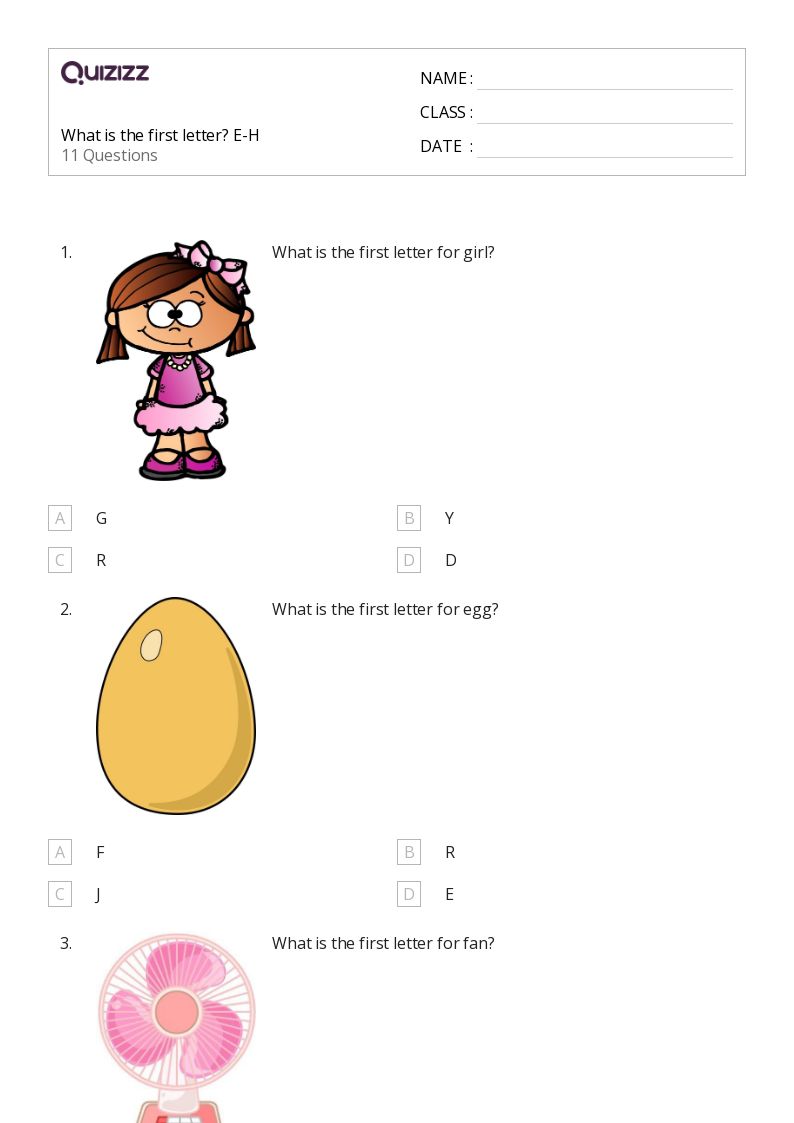
11 Q
KG - 2nd

10 Q
KG - 1st
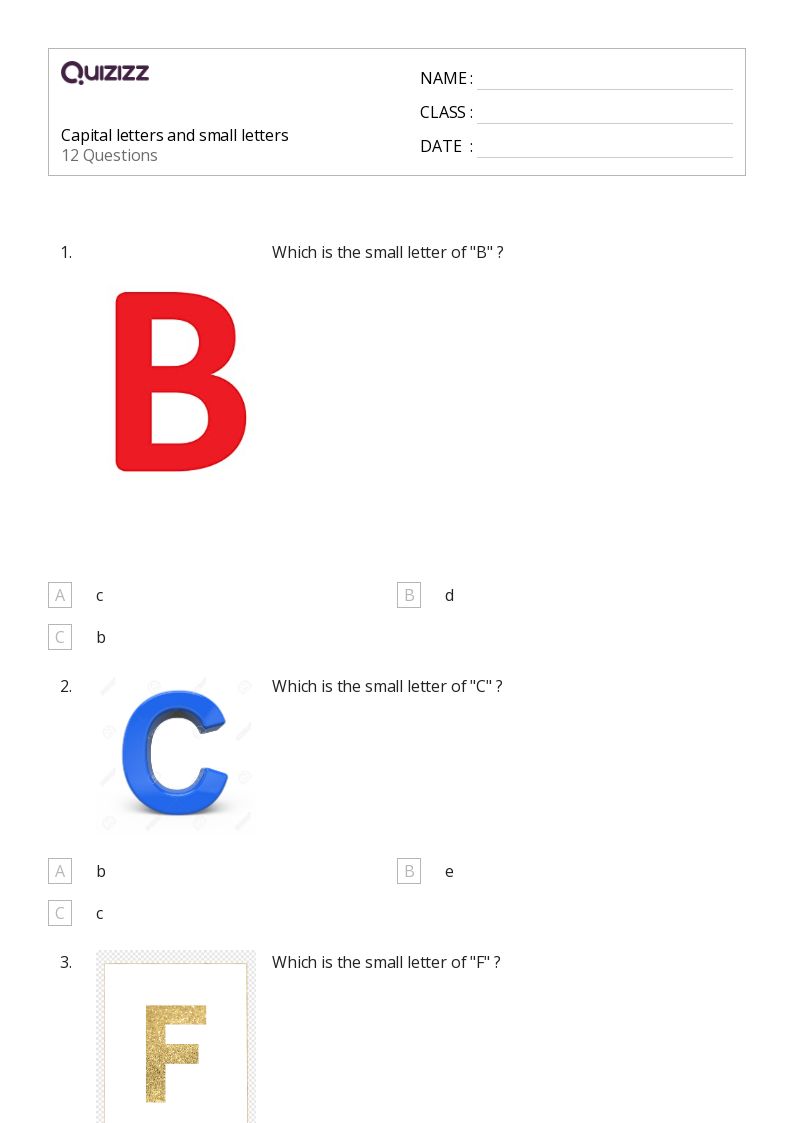
12 Q
KG
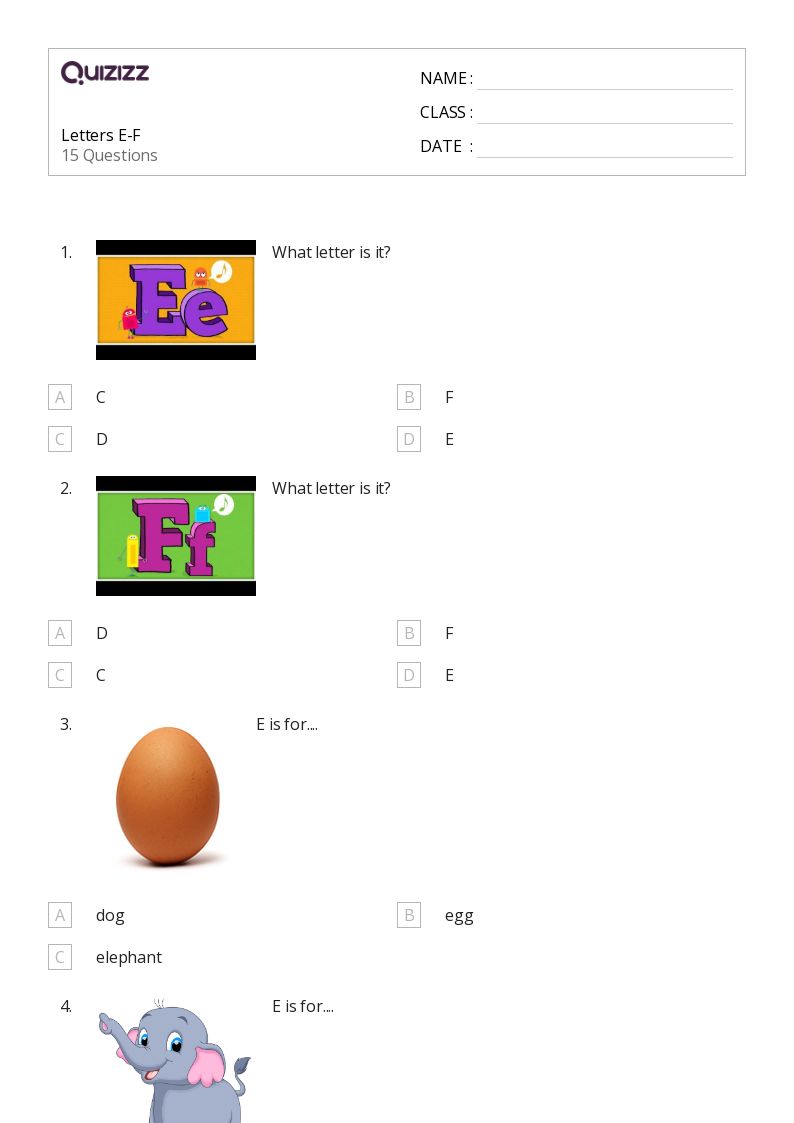
15 Q
KG - 1st
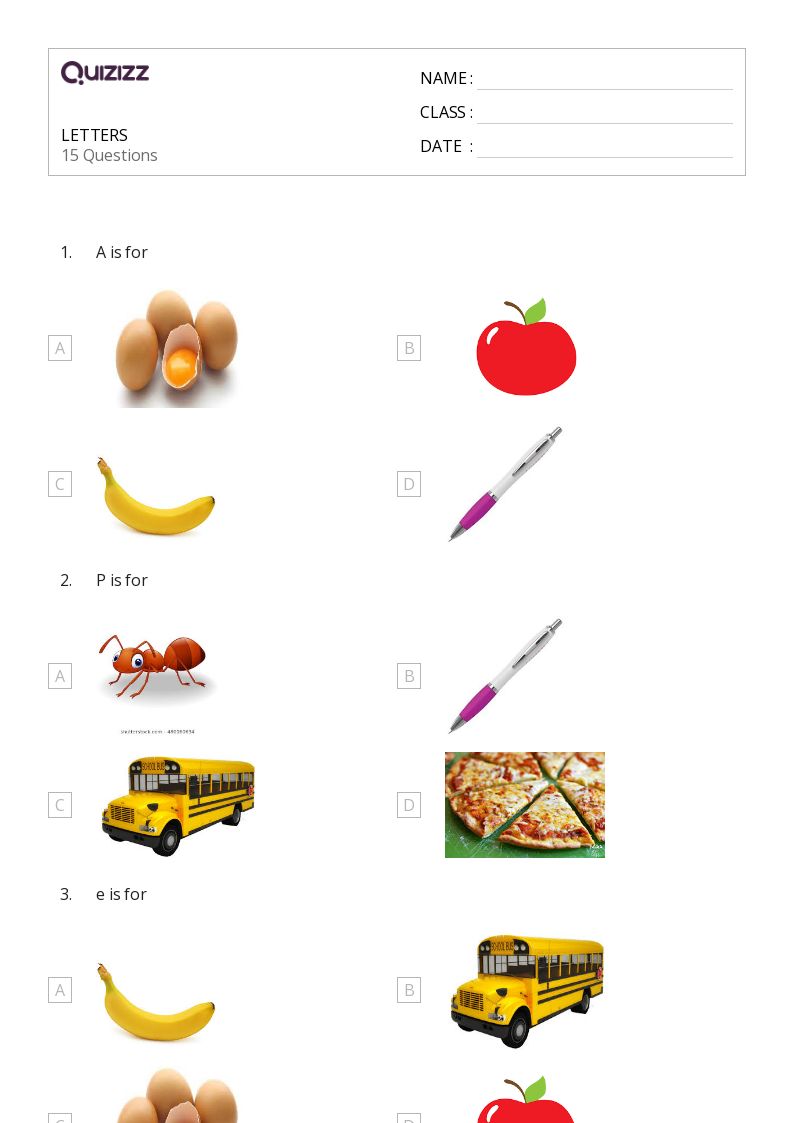
15 Q
KG - 1st

19 Q
KG
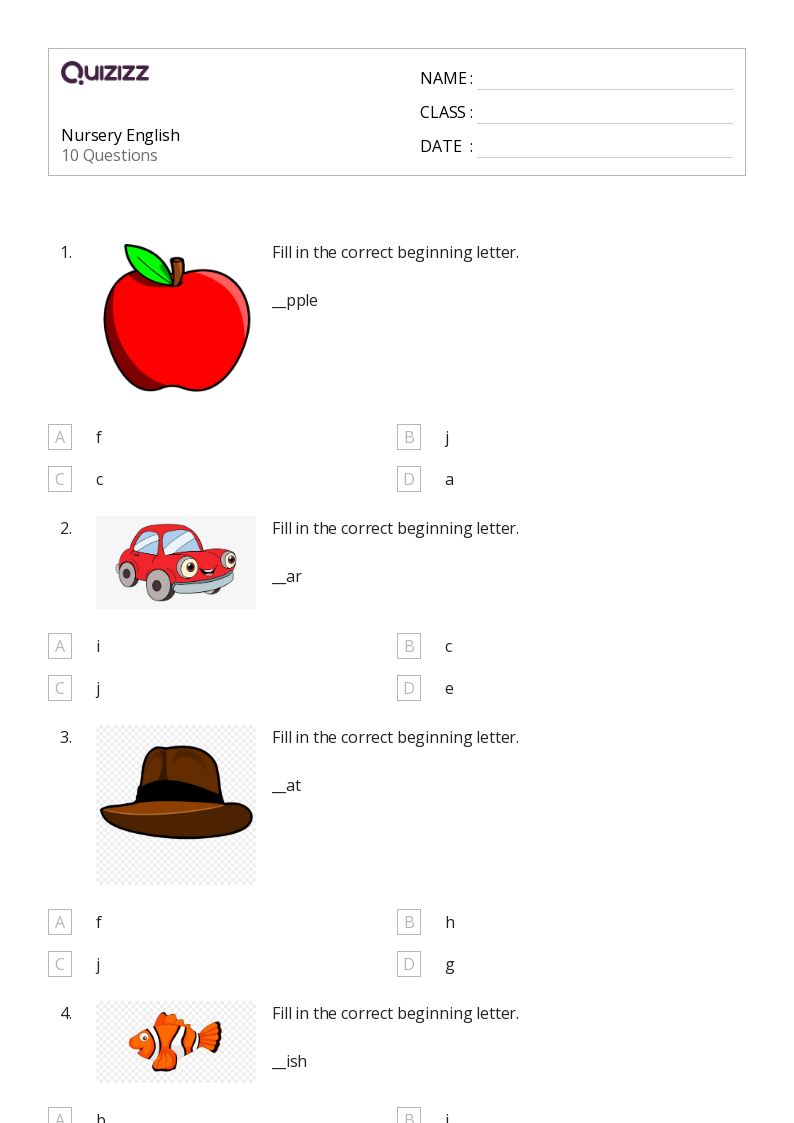
10 Q
KG

20 Q
KG
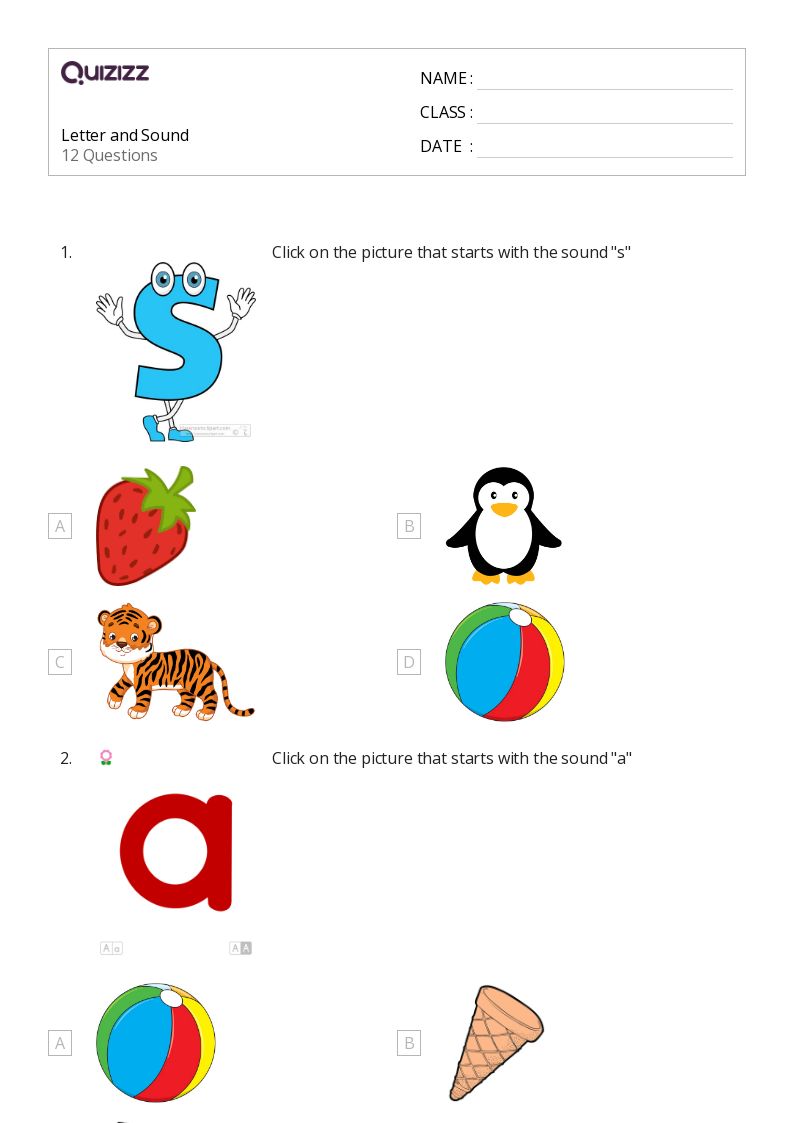
12 Q
KG

15 Q
KG - 1st

10 Q
KG
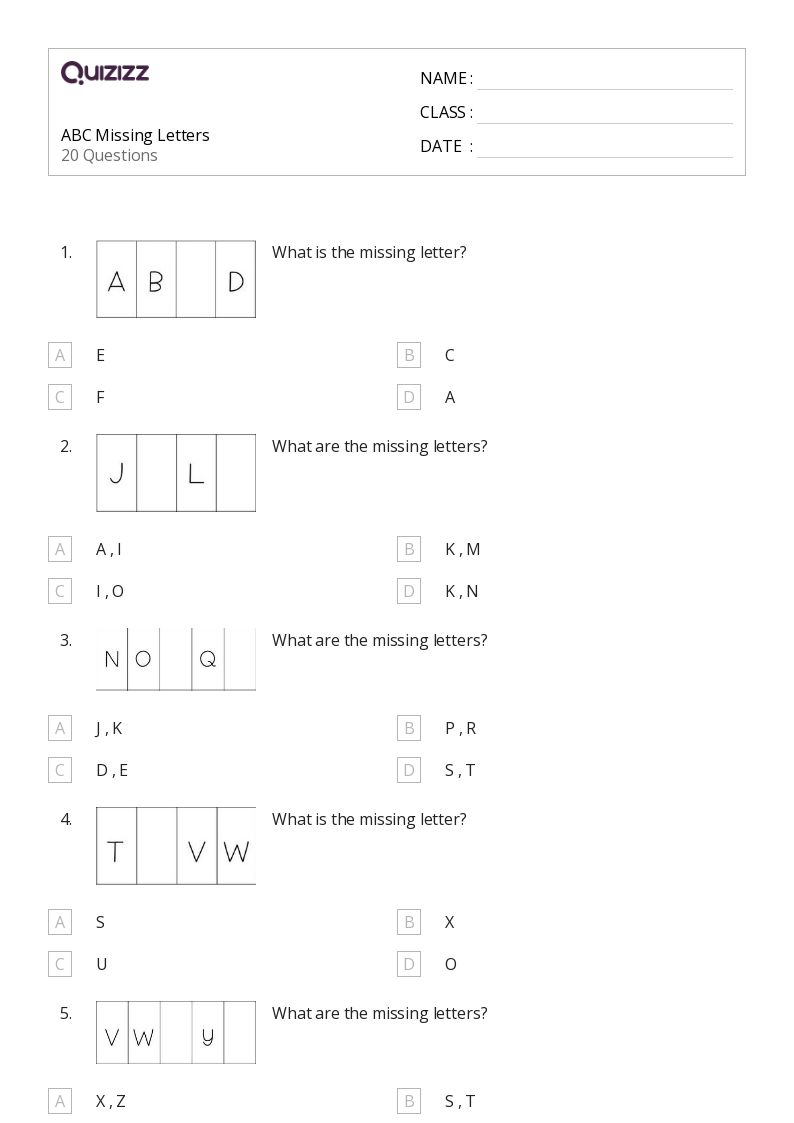
20 Q
KG
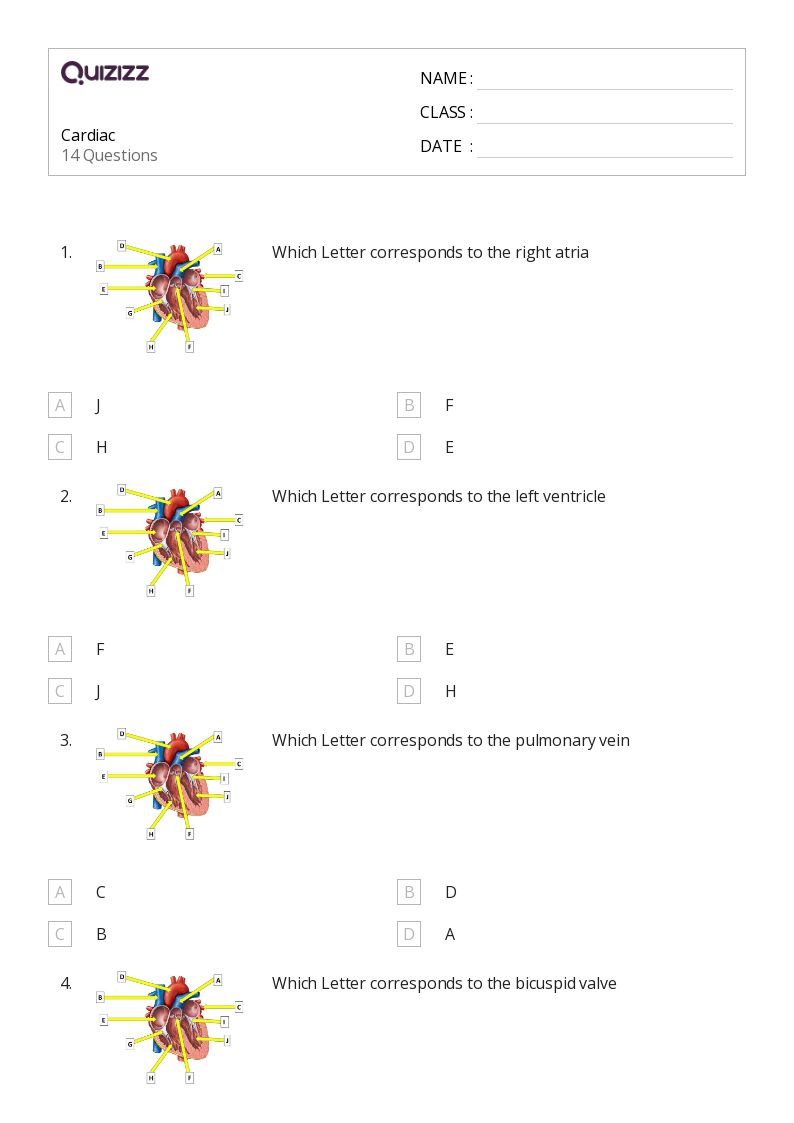
14 Q
KG
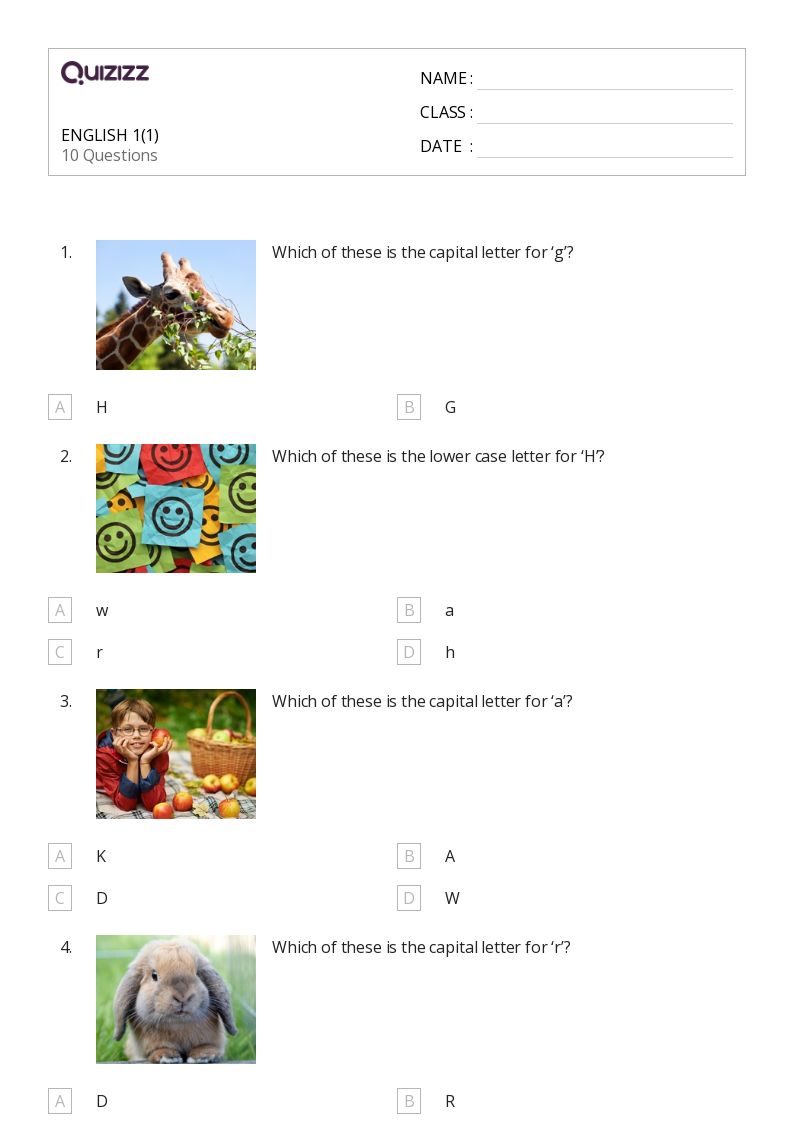
10 Q
KG - 1st

20 Q
KG - 1st

10 Q
KG
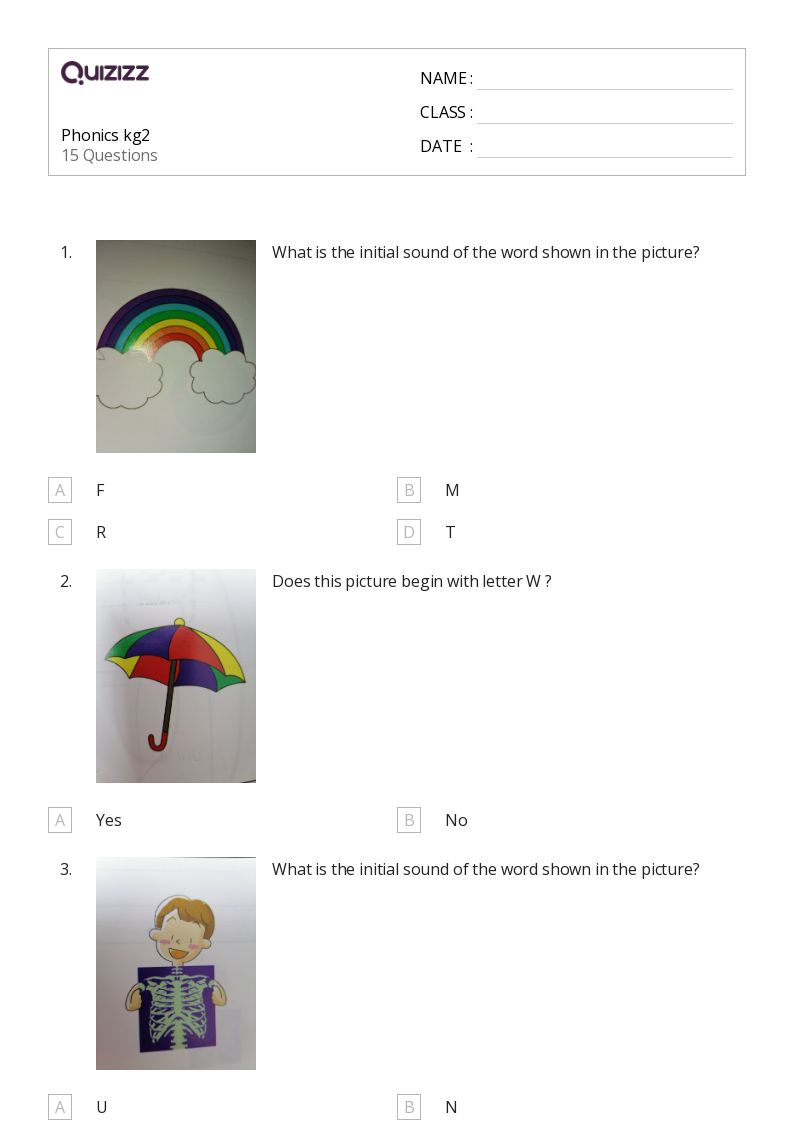
15 Q
KG
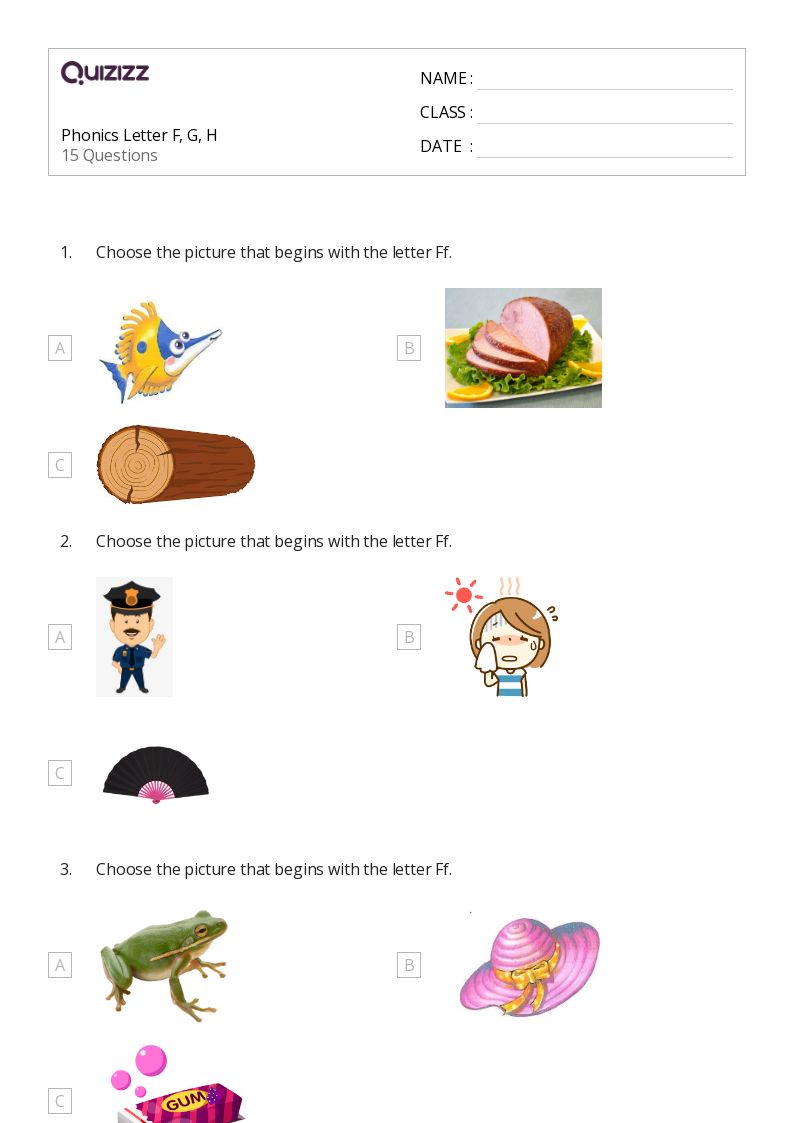
15 Q
KG

12 Q
KG
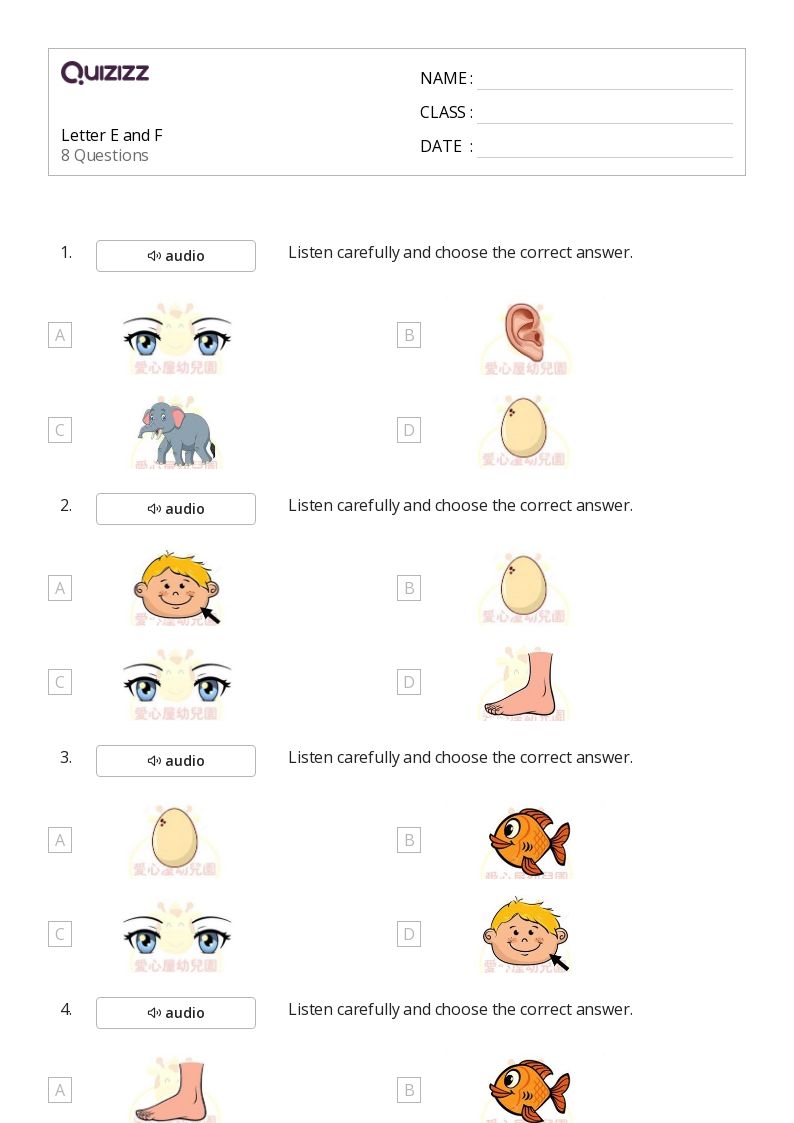
8 Q
KG

20 Q
KG - 1st

15 Q
KG
Explore The Letter F Worksheets by Grades
Explore Other Subject Worksheets for kindergarten
Explore printable The Letter F worksheets for Kindergarten
The Letter F worksheets for Kindergarten are an essential tool for teachers who aim to enhance their students' reading and writing skills. These worksheets provide a fun and engaging way for young learners to practice recognizing, tracing, and writing the letter F, as well as identifying words that begin with this letter. As part of a comprehensive reading and writing curriculum, these worksheets help to reinforce the alphabet and phonics knowledge that is crucial for developing strong literacy skills. Teachers can easily incorporate these worksheets into their lesson plans, providing a variety of activities that cater to different learning styles and abilities. By utilizing The Letter F worksheets for Kindergarten, teachers can ensure that their students are well-prepared for the next stages of their reading journey.
Quizizz is an innovative platform that offers a wide range of educational resources, including worksheets, quizzes, and interactive games, designed to support teachers in delivering engaging and effective lessons. With Quizizz, teachers can easily create customized quizzes and worksheets that align with their curriculum and learning objectives, making it an invaluable tool for reinforcing key concepts such as the alphabet, reading, and writing. In addition to The Letter F worksheets for Kindergarten, Quizizz offers resources for all grade levels and subjects, allowing teachers to cater to the diverse needs of their students. The platform also provides valuable insights and analytics, enabling teachers to track their students' progress and identify areas for improvement. By incorporating Quizizz into their teaching strategies, educators can create a dynamic and interactive learning environment that fosters student success.
